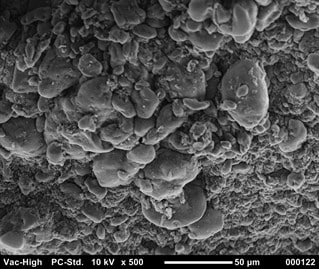Injectable bandage promises to reduce battlefield mortality
A gelling agent has been utilised by researchers from the Inspired Nanomaterials and Tissue Engineering Laboratory at Texas A&M University to create an injectable bandage that stops bleeding.


According to the University, there is an unmet need to quickly self-administer materials that prevent fatality due to excessive blood loss.
In a recent article “Nanoengineered Injectable Hydrogels for Wound Healing Application” published in Acta Biomaterialia, Dr. Akhilesh K. Gaharwar, assistant professor in the Department of Biomedical Engineering at Texas A&M University, used kappa-carrageenan and nanosilicates to form injectable hydrogels to promote the process to stop bleeding (haemostasis) and facilitate wound healing via a controlled release of therapeutics.
“Injectable hydrogels are promising materials for achieving haemostasis in case of internal injuries and bleeding, as these biomaterials can be introduced into a wound site using minimally invasive approaches,” Gaharwar said in a statement. “An ideal injectable bandage should solidify after injection in the wound area and promote a natural clotting cascade. In addition, the injectable bandage should initiate wound healing response after achieving haemostasis.”
Register now to continue reading
Thanks for visiting The Engineer. You’ve now reached your monthly limit of news stories. Register for free to unlock unlimited access to all of our news coverage, as well as premium content including opinion, in-depth features and special reports.
Benefits of registering
-
In-depth insights and coverage of key emerging trends
-
Unrestricted access to special reports throughout the year
-
Daily technology news delivered straight to your inbox










National Gas receives funding to develop Gravitricity underground hydrogen storage system
One single rock salt mine - Winsford - has 23 <i>MILLION </i>cubic metres of void and even allowing for 10% of that void set aside for hazardous waste...